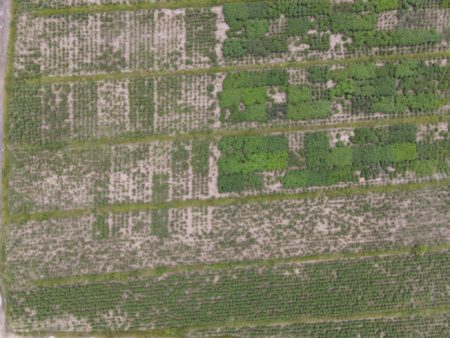I’ve been sitting on a couple of linked press releases from the Max Planck Institute for the Science of Human History for a few months now and it’s about time I did something about them. So here goes. The releases summarize two papers deriving from the analytical work of Dr Shevan Wilkin and her colleagues on skeletal remains previously excavated from Mongolian archaeological sites spanning a wide range of dates back to 5000 year ago.
The first paper focuses on dairy proteins from dental plaque to suggest that steppe pastoralists in what is now Mongolia started consuming ruminant milk at least 5000 years ago. Horse milk came in about 3000 years ago, coinciding with the first evidence of horse bridling and riding, and was mainly fermented. Finally, camel milk started to be consumed during the Mongol Empire, 800 years ago. How lactose intolerant populations dealt with this is still unknown, but may have involved changes in the gut microbiome.
Next, looking at the N and C isotopes in dental enamel and rib collagen enabled the researchers to investigate the wider dietscape. In particular, they found evidence of increased millet (Panicum miliaceum and/or Setaria italica) , consumption around 2000 years ago, but only in some individuals, mainly living close to the heartland of the polity (the Xiongnu Empire) which developed at that time.
Clearly, some ancient Mongolians did not completely conform to the nomadic herder stereotype of popular imagination.
LATER: Speaking of broomcorn millet (Panicum miliaceum), here’s a paper that just came out that dates its arrival in Europe to the 16th century BC, and its rapid spread during the subsequent two centuries, i.e. during the Bronze Age. So, having been domesticated 8000 years ago in NE China, it was being widely consumed in Europe before Mongolia. And here’s one we prepared earlier…
